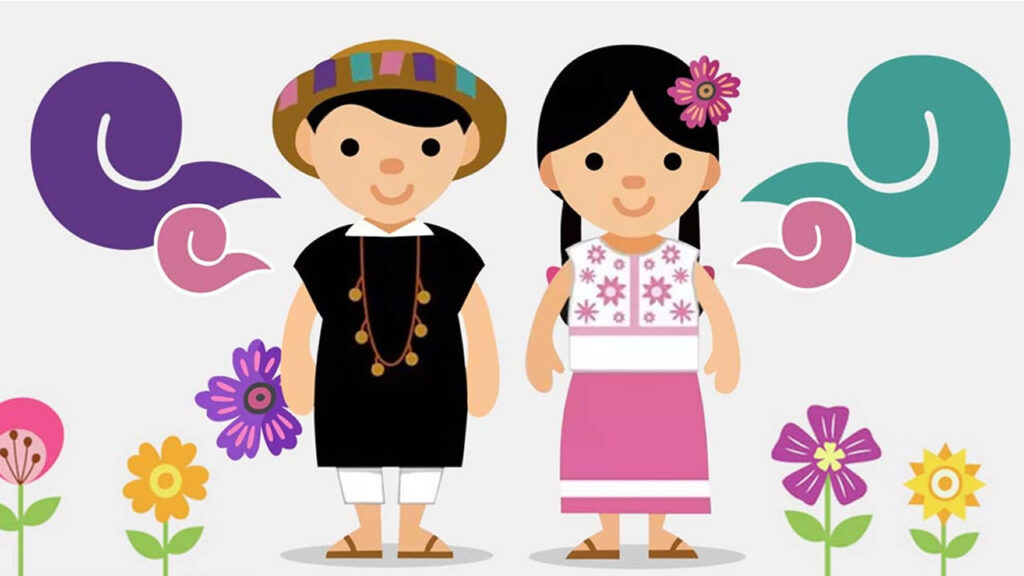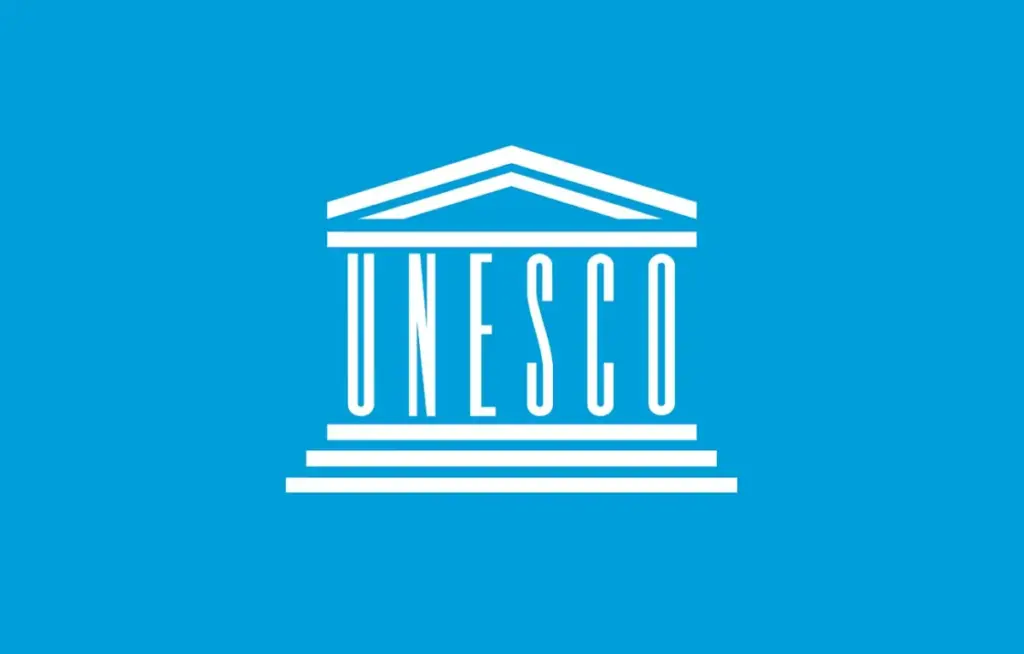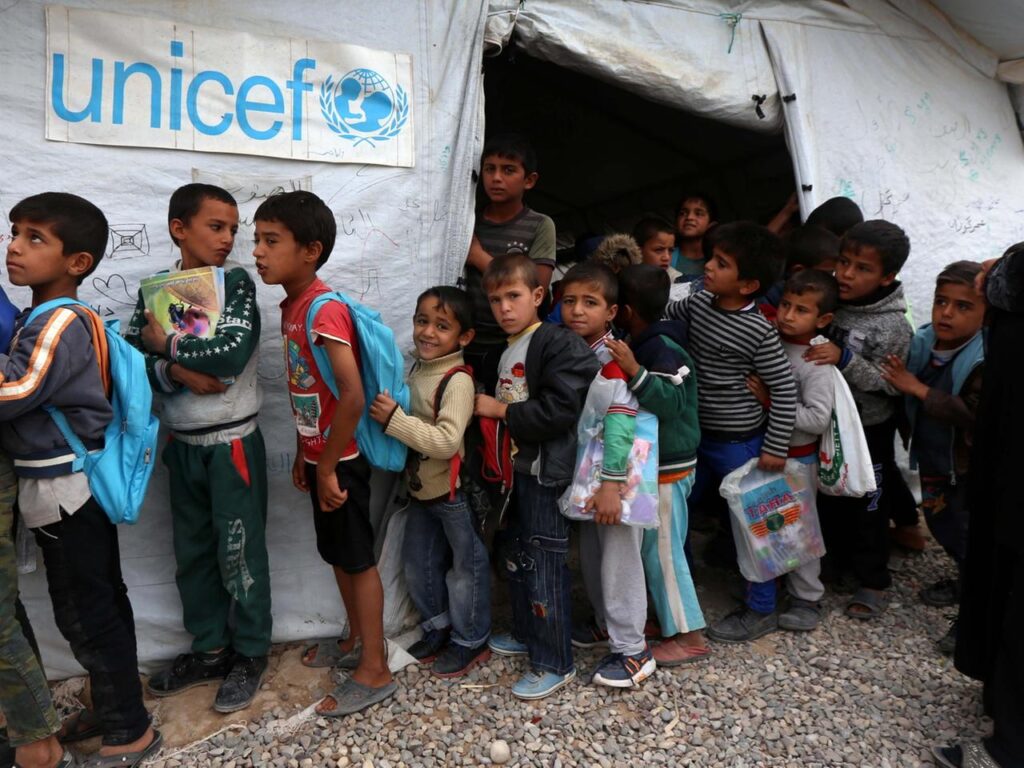Además, el porcentaje de quienes acuden se va reduciendo: de 93.6 por ciento en el caso de la primaria, a 17.2 por ciento en educación superior, detalló en la sesión inaugural de la reunión “Balance y Perspectivas de la Interculturalidad en la Educación Superior: hacia el fortalecimiento de la política educativa con pertinencia cultural”.
En el encuentro, organizado por el Programa Universitario de Estudios de la Diversidad Cultural y la Interculturalidad (PUIC) de la Universidad Nacional, añadió que a finales de 2024 se contabilizaban 19 universidades interculturales en México.
Los datos del Anuario Estadístico de Educación Superior de la ANUIES, correspondientes al ciclo escolar 2022-2023, el cual incluye información de 12 de esas 19, muestran una matrícula de 21 mil 669 personas estudiantes, de ellas 13 mil 410 son mujeres.
“Tanto su creación como su desarrollo han implicado el diálogo constante entre autoridades estatales, comunidades, organizaciones y aliados en la academia”, refirió en el auditorio Arturo Warman de ese Programa, en donde estuvieron rectores, autoridades y representantes de universidades interculturales.




